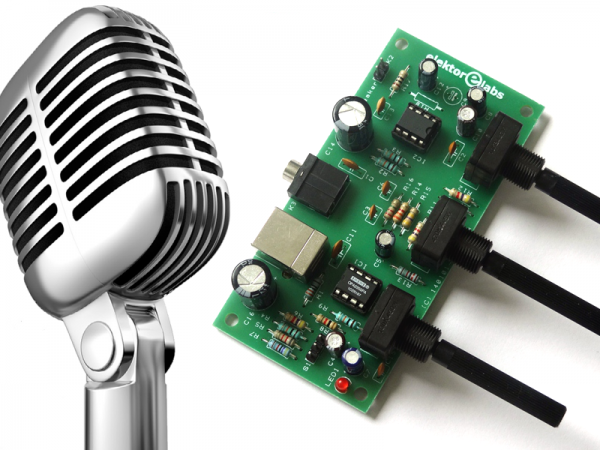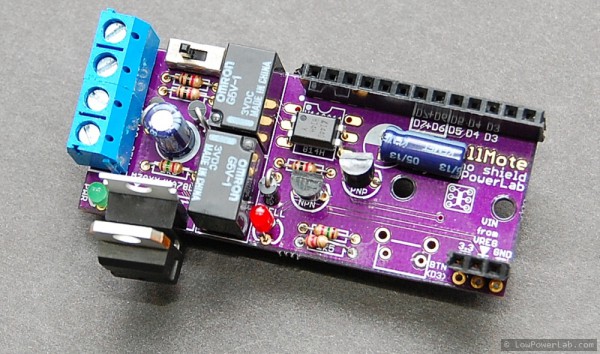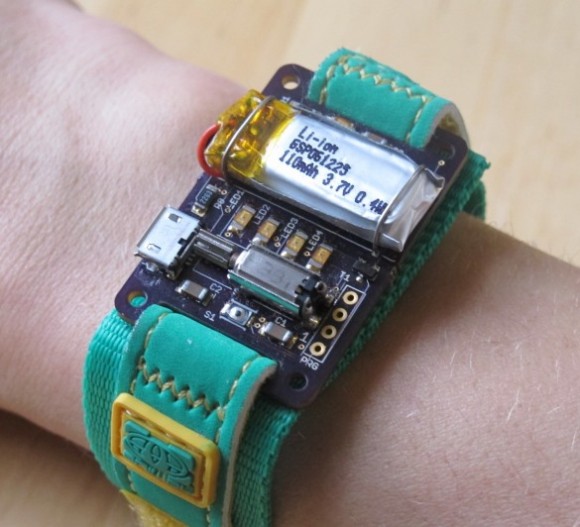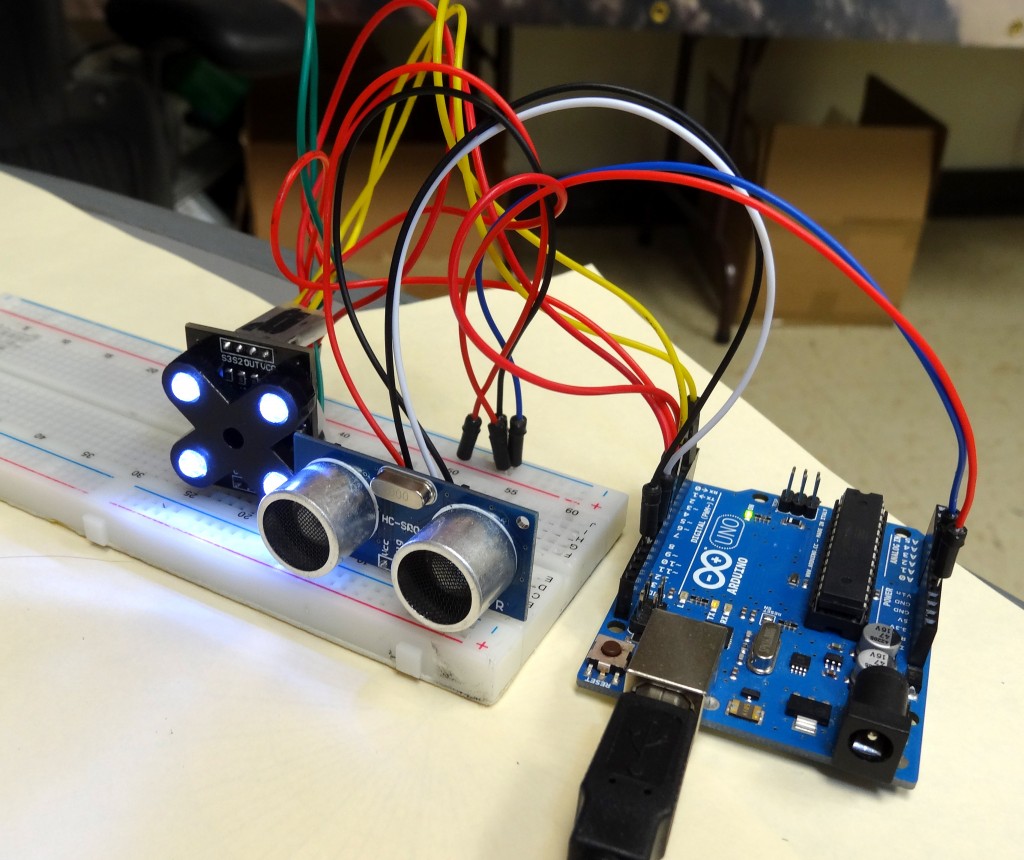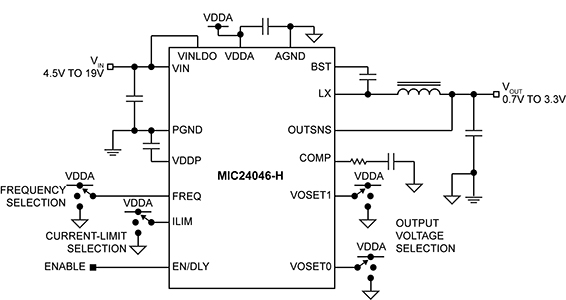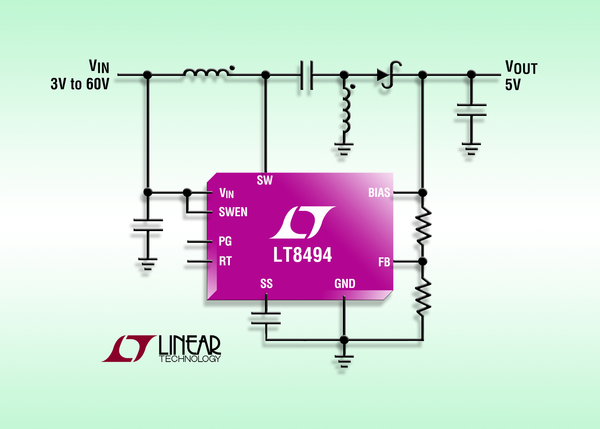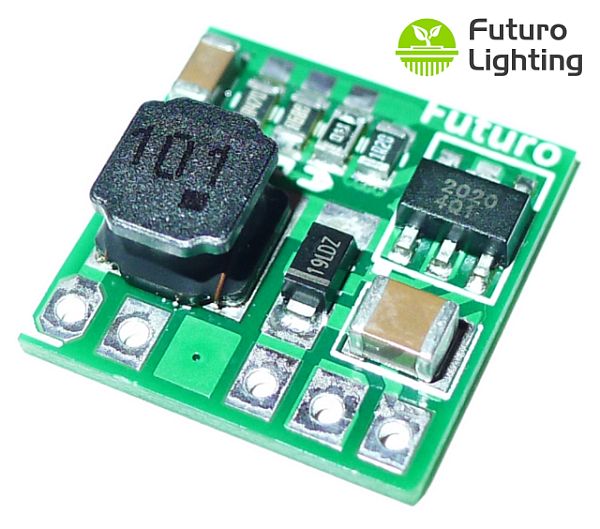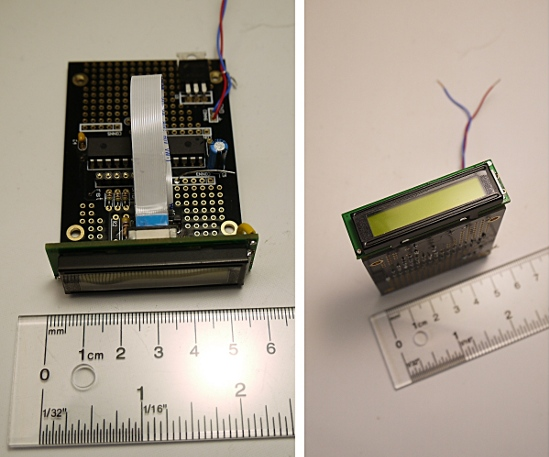An automobile plays an important role in a community. Aside from being a major option for transport, automobile also saves life, which is designed to give support in medications and hospitalizations. These machines are now embedded with electronic technology in which this advancement brings security and convenience to people. The engine and the steering wheel are major parts, which made an automobile useful in transportation. This design features the benefits of a FlexRay to automotive networking protocol. It is capable of 1Mbps to 10Mbps communications system. It has high ESD protection, excellent EMC performance, improved power-on reset concept, improved ElectroMagnetic Emission (EME), support of 60ns minimum bit time, and improved bus error detection functionality. It also monitors system performance using dedicated error and status information that is readable by any microcontroller.
The design is comprised of a TJA1080A transceiver, which is the main component of the system. It provides the interface between the protocol controller or MCU and the physical bus. The chokes serve as a protection from high frequency spikes that flow through the network bus. The 1N4007 diode manages the correct polarity of current and voltages to the FlexRay transceiver. The capacitors stabilize the supplies while the resistors are used for pull-ups and current limiter components.
The design is applicable to different parts of automobile in which it can serve as a backbone of the automotive network communications. Aside from automotive application, it is also applicable to other types of machineries that require real-time status of engines and gears. It is also suitable for further development in automotive application that additional parameters to be considered are expected
Engine and Steering Wheel Automotive Networking Protocol – [Link]



